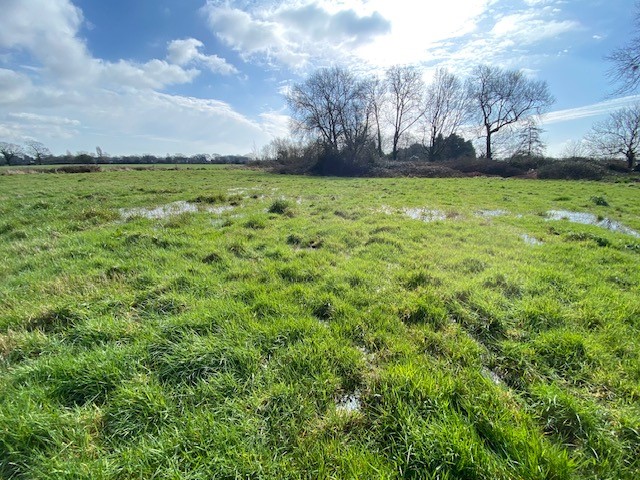Question: How has recent research influenced the RICS guidelines on Japanese Knotweed?
Answer: Recent academic research, such as the 2018 studies from the University of Leeds and Swansea, has influenced RICS to revise its guidelines, moving away from the ‘7m rule’ and adopting a more nuanced, evidence-based approach.
A Closer Look:
Recent academic research, including influential studies from the University of Leeds and Swansea University in 2018, has significantly impacted the RICS (Royal Institution of Chartered Surveyors) guidelines on Japanese Knotweed (Fallopia japonica). These studies provided new insights into the growth patterns and structural impacts of Japanese Knotweed, challenging previous assumptions and leading to more nuanced recommendations. Notably, the research demonstrated that the plant’s destructive potential was often overestimated, prompting a shift away from the rigid ‘7m rule’ that required a 7-meter buffer zone around Knotweed infestations.
As a result, the RICS guidelines were updated to reflect a more evidence-based approach, emphasizing the need for individual assessments of each infestation rather than a one-size-fits-all rule. This revised guidance enables property professionals to make more accurate evaluations based on specific circumstances, considering factors such as the extent of the infestation and its actual impact on the property. By aligning the guidelines with the latest scientific findings, RICS ensures that management practices are both effective and proportionate, enhancing the accuracy and reliability of property assessments
To find out more about our knotweed solutions speak to the team.


